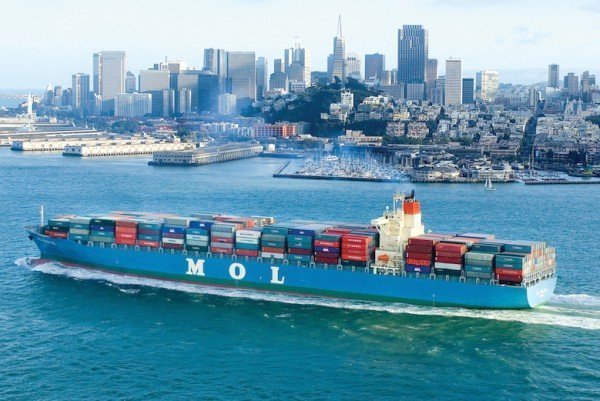Japanese shipping giants warn of ‘severe’ business climate

Two of the most powerful men in shipping have warned the industry faces another tough year. The heads of Japanese lines Kawasaki Kisen Kaisha (K Line) and Mitsui OSK Lines (MOL) have given their annual new year’s address, both men telling employees of the current tricky market conditions.
Eizo Murakami, president and ceo of K Line, warned of “stagnating resources demand in China and other regions as well as rising geopolitical risks”. Murakami said: “The business environment continues to be uncertain in the second half. We anticipate that some more time will be required before we see full-scale market recovery.” K Line’s financial year ends in April.
Murakami said K Line was taking “streamlining measures with agility”. K Line’s major ship investments in the medium term would be related to energy transportation, Murakami said.
MOL’s ceo, Junichiro Ikeda, meanwhile, told employees: “Our business climate remains severe. Fleet oversupply is still an issue, and we see few prospects for recovery with the Chinese economy slowing down and markets stuck at historically low levels for both containerships and dry bulkers.”
Ikeda said the drop in crude oil prices has provided a “tailwind” with the twin benefits of reducing bunker costs and spurring the tanker market. However, he warned low crude prices also raise concerns of a slowdown in resource development, which could negatively impact MOL’s new LNG carrier and offshore business projects.
Ikeda stressed: “We cannot realistically expect favorable conditions will go on forever in the tanker market.”
